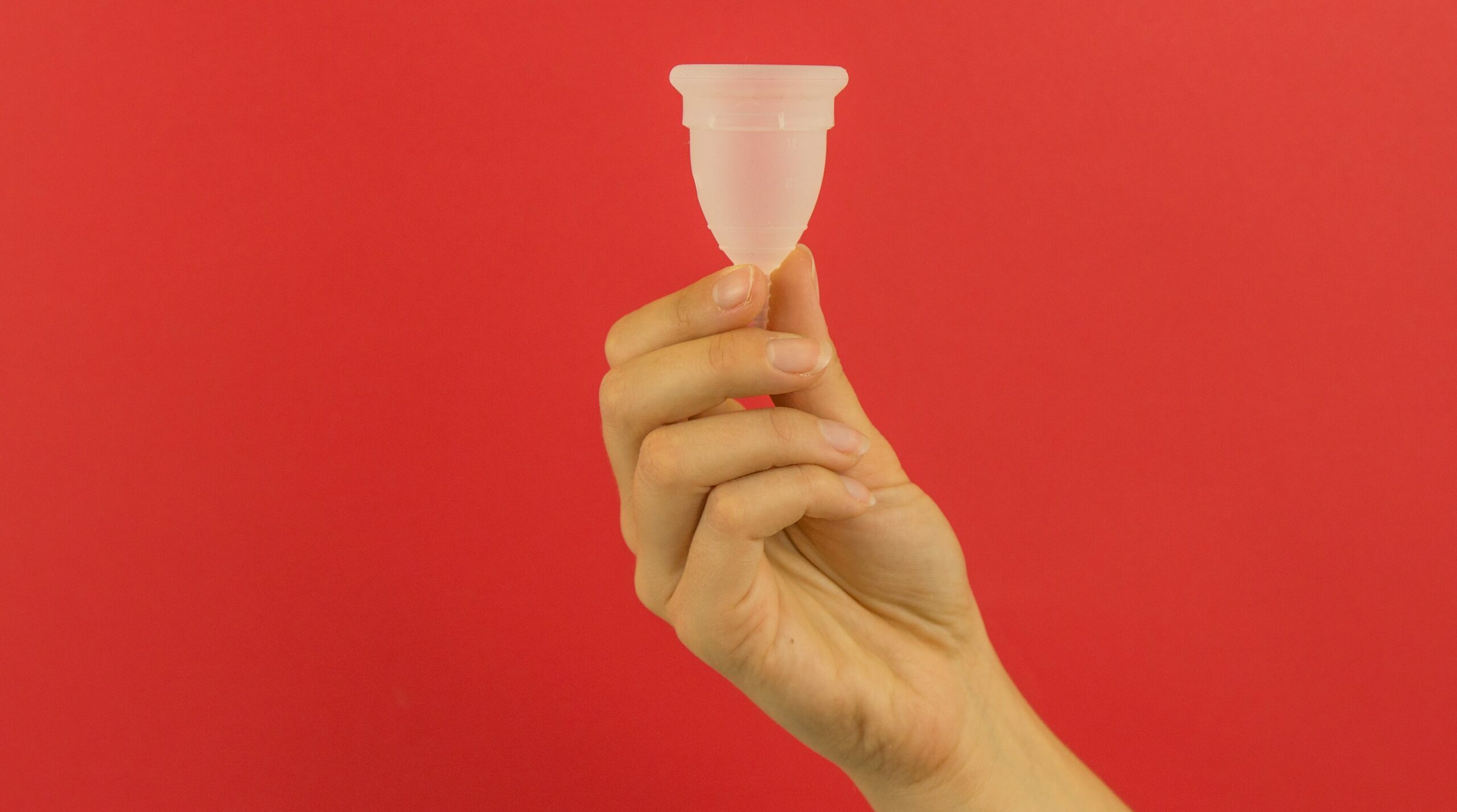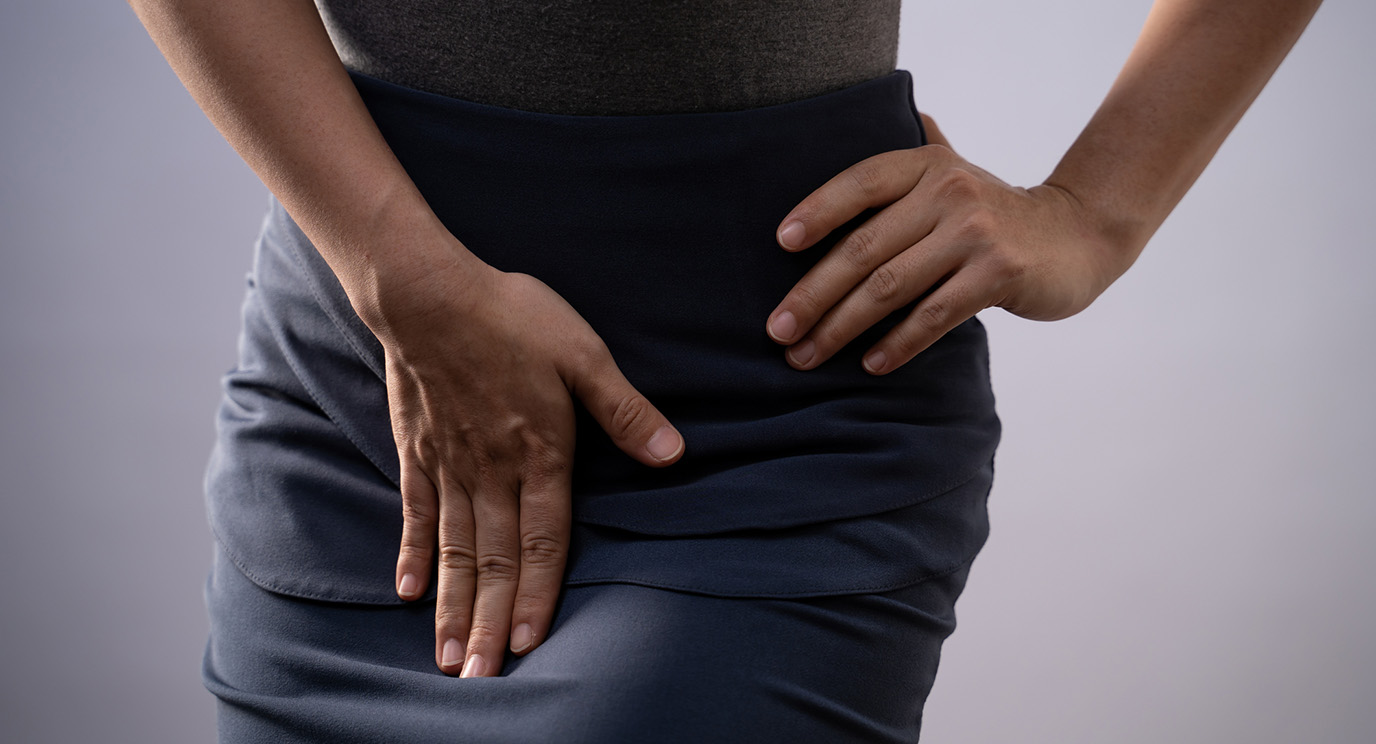When it comes to menstrual cups, the safety of these products is of utmost importance. With the wide variety of brands and options available in the market, it can be overwhelming to determine which ones are truly safe. We will discuss how to find a high-quality menstrual cup from a trusted brand that uses safe and durable materials. By understanding the potential dangers and knowing how to properly care for your menstrual cup, you can ensure a safe and healthy experience.
Contents
Are Menstrual Cups Safe?
Yes, Menstrual cups are totally safe to use. However, there can be situations where you can avoid using Menstrual cups. Continue reading to find out everything in detail.

Is it bad to wear a menstrual cup every day?
Wearing a menstrual cup every day is generally safe, as long as you follow proper hygiene practices and take care of your cup. However, it is important to give your body a break from using the cup continuously. It is recommended to remove the cup at least once every 12 hours to empty, clean, and reinsert it. This allows your body to have a rest and reduces the risk of irritation or infection.
Can menstrual cups cause internal damage?
When used correctly, menstrual cups are unlikely to cause internal damage. However, it is important to choose the right size and position the cup properly to prevent discomfort or leakage. Inserting the cup too forcefully or not breaking the seal before removing it can potentially cause discomfort or minor abrasions. It is important to be gentle and take your time when inserting and removing the cup to avoid any potential harm.
Remember, the key to using menstrual cups safely is to choose a high-quality cup from a trusted brand, follow the instructions for insertion and removal, and maintain good hygiene practices. By doing so, you can minimize any potential risks and enjoy the benefits of using a menstrual cup.
Is there anyone who shouldn’t use a menstrual cup?
While menstrual cups are generally safe for most people, there are a few instances where they may not be suitable. It’s important to consider these factors before deciding to use a menstrual cup:
- Virginity: Some individuals who have not engaged in sexual activity may be concerned about using a menstrual cup due to fears of breaking their hymen. However, it’s important to note that the hymen can be stretched or torn during various activities unrelated to menstruation. If you’re a virgin and considering using a menstrual cup, it’s best to consult with a healthcare provider who can provide personalized advice based on your unique circumstances.
- Pelvic organ prolapse: Pelvic organ prolapse is a condition where the pelvic organs, such as the uterus or bladder, descend into the vaginal canal. Using a menstrual cup in this case may exacerbate the condition or cause discomfort. If you have been diagnosed with pelvic organ prolapse, it’s advisable to consult with your healthcare provider before using a menstrual cup.
- Certain medical conditions: Individuals with certain medical conditions, such as vaginismus or a history of toxic shock syndrome (TSS), may need to exercise caution when using a menstrual cup. Vaginismus is a condition characterized by involuntary muscle contractions in the vaginal area, which can make inserting and removing a menstrual cup challenging. If you have vaginismus or a history of TSS, it’s best to consult with your healthcare provider for guidance on using a menstrual cup safely.
It’s important to remember that these considerations are not meant to discourage the use of menstrual cups but rather to ensure that they are used safely and comfortably. If you have any concerns or questions, it’s always best to consult with a healthcare provider who can provide personalized advice based on your individual circumstances.
What Are the Potential Risks?

Toxic Shock Syndrome (TSS)
One potential risk associated with using menstrual cups is the development of Toxic Shock Syndrome (TSS). TSS is a rare but serious condition that can be caused by certain strains of bacteria, including Staphylococcus aureus and Streptococcus pyogenes. Although the risk of TSS is generally higher with tampon use, there have been a few reported cases of TSS associated with menstrual cup use.
To minimize the risk of TSS, it’s important to follow proper hygiene practices when using a menstrual cup. This includes washing your hands before insertion and removal, sterilizing the cup between cycles, and emptying and cleaning it regularly throughout the day. It’s also crucial to adhere to the recommended maximum wear time, typically around 12 hours.
Allergic Reactions
Some individuals may experience allergic reactions to the materials used in menstrual cups. Most menstrual cups are made of medical-grade silicone, which is hypoallergenic and safe for most people. However, there are also cups available that are made from natural latex rubber or TPE (thermoplastic elastomer), which may cause allergic reactions in individuals with latex allergies.
If you have a known latex allergy or are unsure about your sensitivity to certain materials, it’s important to choose a menstrual cup made from hypoallergenic materials. Additionally, if you experience any symptoms of an allergic reaction such as itching, redness, or swelling, discontinue use and consult a healthcare professional.
Vaginal Infections
Another potential risk of using menstrual cups is the development of vaginal infections. This can occur if the cup is not properly cleaned and sanitized between uses or if it is left in place for too long. Bacteria can multiply in the cup and transfer to the vaginal canal, leading to infections such as bacterial vaginosis or yeast infections.
To prevent vaginal infections, it’s important to thoroughly clean your menstrual cup with mild, fragrance-free soap and water or a specialized cup cleanser. Boiling the cup before and after each cycle can also help kill any bacteria. Additionally, it’s important to empty and clean the cup at regular intervals throughout the day to minimize the risk of infection.
Remember, while there are potential risks associated with using menstrual cups, they are generally safe for most people when used correctly and hygienically. By following proper usage and care instructions, you can minimize these risks and enjoy the benefits of using a menstrual cup.
Benefits of Menstrual Cups
Environmentally Friendly
One of the major benefits of menstrual cups is their positive impact on the environment. Unlike disposable pads and tampons, menstrual cups are reusable and can last for years with proper care. This means that significantly less waste ends up in landfills, reducing the environmental footprint associated with menstruation. By choosing a menstrual cup, you can make a small but meaningful contribution towards a more sustainable planet.
Cost-effective
Another advantage of menstrual cups is their cost-effectiveness. While the initial investment may be higher compared to buying disposable products, in the long run, menstrual cups can save you a substantial amount of money. Imagine not having to spend on pads or tampons every month! With proper care, a single menstrual cup can last for years, making it a cost-efficient choice for budget-conscious individuals.
Longer Wear Time
Menstrual cups also offer the advantage of longer wear time compared to pads and tampons. Depending on your flow, you can wear a menstrual cup for up to 12 hours before emptying it. This means less hassle and fewer trips to the restroom throughout the day. Whether you’re at work, school, or traveling, you can enjoy the freedom and convenience of extended wear without worrying about leakage or discomfort. With a menstrual cup, you can go about your day with confidence and peace of mind.
These are just a few of the benefits that come with using menstrual cups. From their positive impact on the environment to their cost-effectiveness and longer wear time, menstrual cups offer a range of advantages that make them a popular choice for many individuals. However, it’s important to note that personal experiences may vary, and it’s always a good idea to consult with a healthcare provider for personalized advice.
Bottom Line: Menstrual Cups are Not Dangerous and are Safe to Use
Menstrual cups are a safe and reliable option for managing menstrual flow. They offer numerous benefits such as being eco-friendly, cost-effective, and providing longer wear time. With proper care and usage, menstrual cups can be worn for up to 12 hours, providing convenience and peace of mind. When choosing a menstrual cup, it’s important to consider factors like size, fit, and material to ensure a comfortable experience. Proper insertion and removal techniques, along with regular cleaning and sterilization, are essential for maintaining hygiene and preventing leaks.
By following the recommended guidelines, including washing with mild soap, boiling, or using sterilizing tablets, menstrual cup users can ensure a safe and comfortable experience. Overall, menstrual cups are a viable alternative to traditional menstrual products and offer a safe and sustainable option for women.
I am a medical student with experience and interest in Women’s health and well-being.